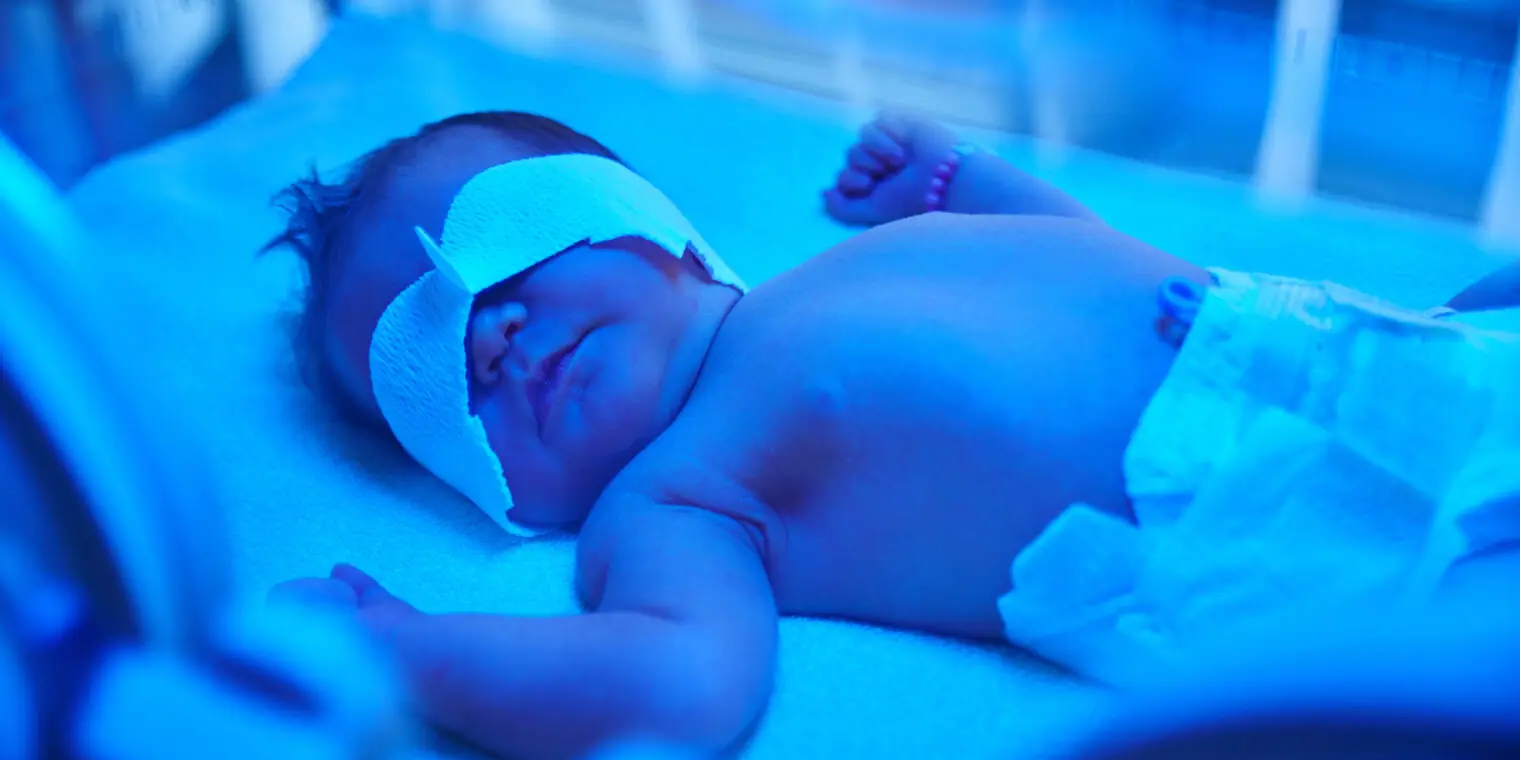
Are There Risks to Phototherapy to Treat Jaundice?
Phototherapy is a treatment for newborns who develop excessive jaundice, either due to inadequate feeding, blood-type incompatibility, or a combination of the two. It turns bilirubin, the breakdown product of red blood cells that causes jaundice, to a form that can be eliminated through urine. The reason why it is done is to protect the newborn brain from being injured by excessive bilirubin. The only other way to reduce bilirubin is to ensure a baby is getting all the milk they want and need so that they can remove it through the stool.
However, concerning data has emerged regarding phototherapy, which may give additional justification for treating jaundice by feeding supplemental banked donor milk or formula before it reaches concerning levels. Namely, two studies have been conducted to look at whether there is an increased risk of childhood cancers in infants exposed to phototherapy.
One was published in 2015 looking at over 5 millions infants from California between 1998 and 2007. Using statistical tools to account for other variables that may increase risk of cancer (i.e., confounding variables), the study found that infants who received phototherapy had a 40% increased risk of all cancers, about two-and-a-half-fold increased rate of myeloid leukemia and kidney cancer.
If your child needs phototherapy, though, do not panic—keep in mind that childhood cancers are extremely rare and a doubling of that risk is still an infinitesimally small increase in risk. Phototherapy increases the risk of cancer by only 9.4 cases per 100,000 infants given phototherapy, which for an individual baby is an exceedingly small increase in risk. A second study looked at almost 500,000 children born ≥ 35 weeks gestation between 1995 and 2011. Phototherapy was associated with double the risk of leukemia and five-fold the risk of liver cancer, but when they adjusted for other variables that might increase cancer risk, there was no longer an increased risk except for the risk of leukemia among infants with Down Syndrome.
Once again, while the statistics show what initially seems like a scary risk, the actual magnitude of that increase is miniscule to your individual child. Parents and health professionals must weigh that with the more immediate risk of brain injury from high bilirubin levels that can result in preventable permanent disability.
In a 30-year follow-up study of newborn infants who developed bilirubin levels of 20 mg/dL and above, 45% of those infants had persistent neurodevelopmental problems through the age of 30, including problems with reading and math, higher rates of attention deficit and impulsivity, lower rates of graduating from high school and college, and higher rates of alcoholism. Therefore, the magnitude of the risk related to untreated hyperbilirubinemia is far greater than the tiny risk that phototherapy poses to a baby.
Dr. Lindsay Frazier from the Dana-Farber Cancer Institute commented on the findings in the journal Pediatrics, “Even though the results are inconclusive, they are worrisome enough that phototherapy should not be presented as risk free. That being said, however, the brain damage and hearing loss from high bilirubin levels are real and well-documented, and the suggested risk of cancer from these new studies is both unclear and very small.”
Ultimately, if your baby needs phototherapy, do not hesitate to let your baby’s doctor do what’s needed to bring down the bilirubin levels. But if you can prevent high bilirubin levels with adequate feeding of breast milk, donor breast milk, and/or formula, that will likely give you the best chance of avoiding all of those risks.
References
Andrea C. Wickremasinghe et al., “Neonatal Phototherapy and Infantile Cancer,” Pediatrics 137, no. 6 (June 2016): e20151353, https://doi.org/10.1542/peds.2015-1353.
Laura Hokkanen, Jyrki Launes, and Katarina Michelsson, “Adult Neurobehavioral Outcome of Hyperbilirubinemia in Full Term Neonates-a 30 Year Prospective Follow-up Study,” PeerJ 2 (2014): e294, https://doi.org/10.7717/peerj.294.
- Lindsay Frazier, Mark Krailo, and Jen Poynter, “Can Big Data Shed Light on the Origins of Pediatric Cancer?,” Pediatrics, June 1, 2016, https://doi.org/10.1542/peds.2016-0983.
